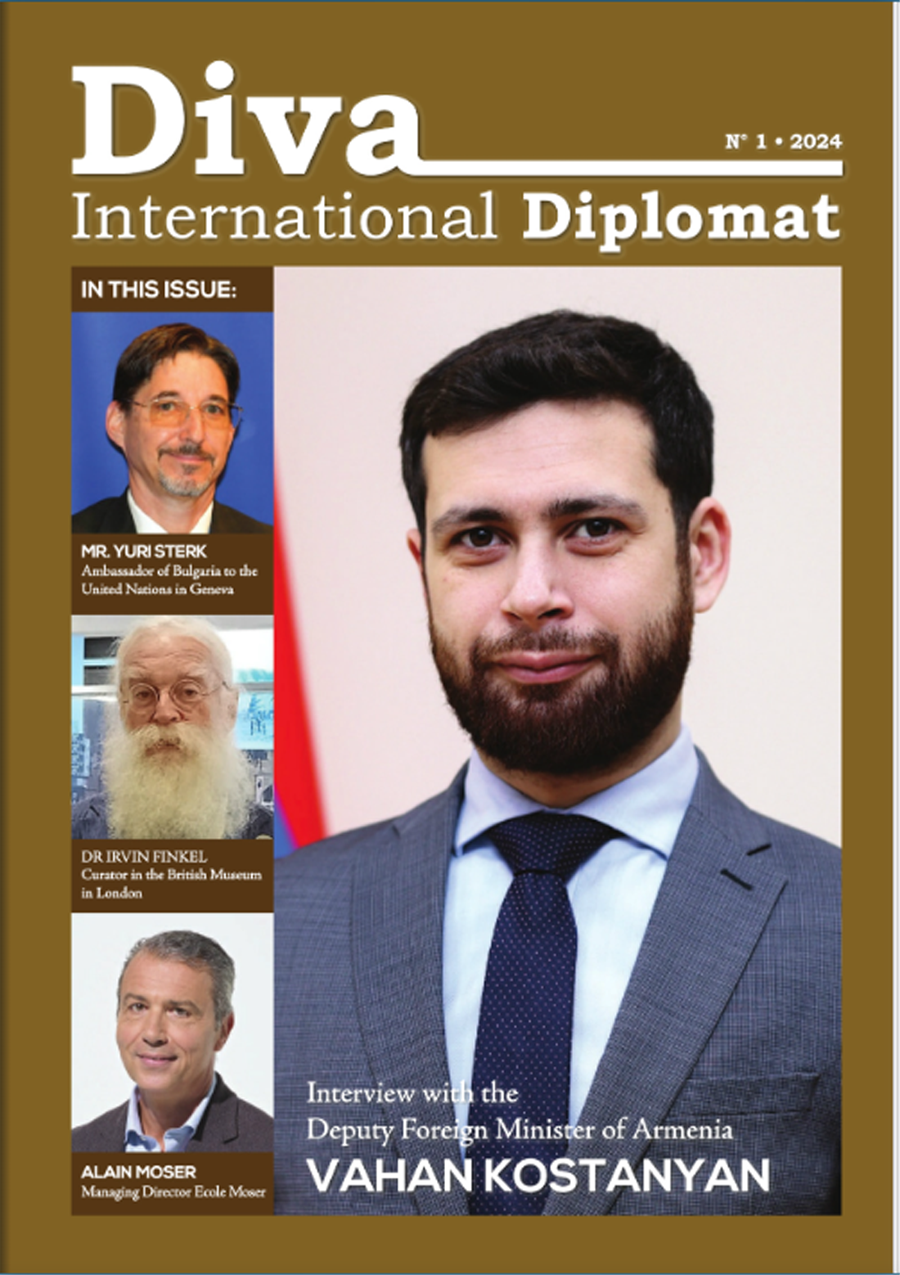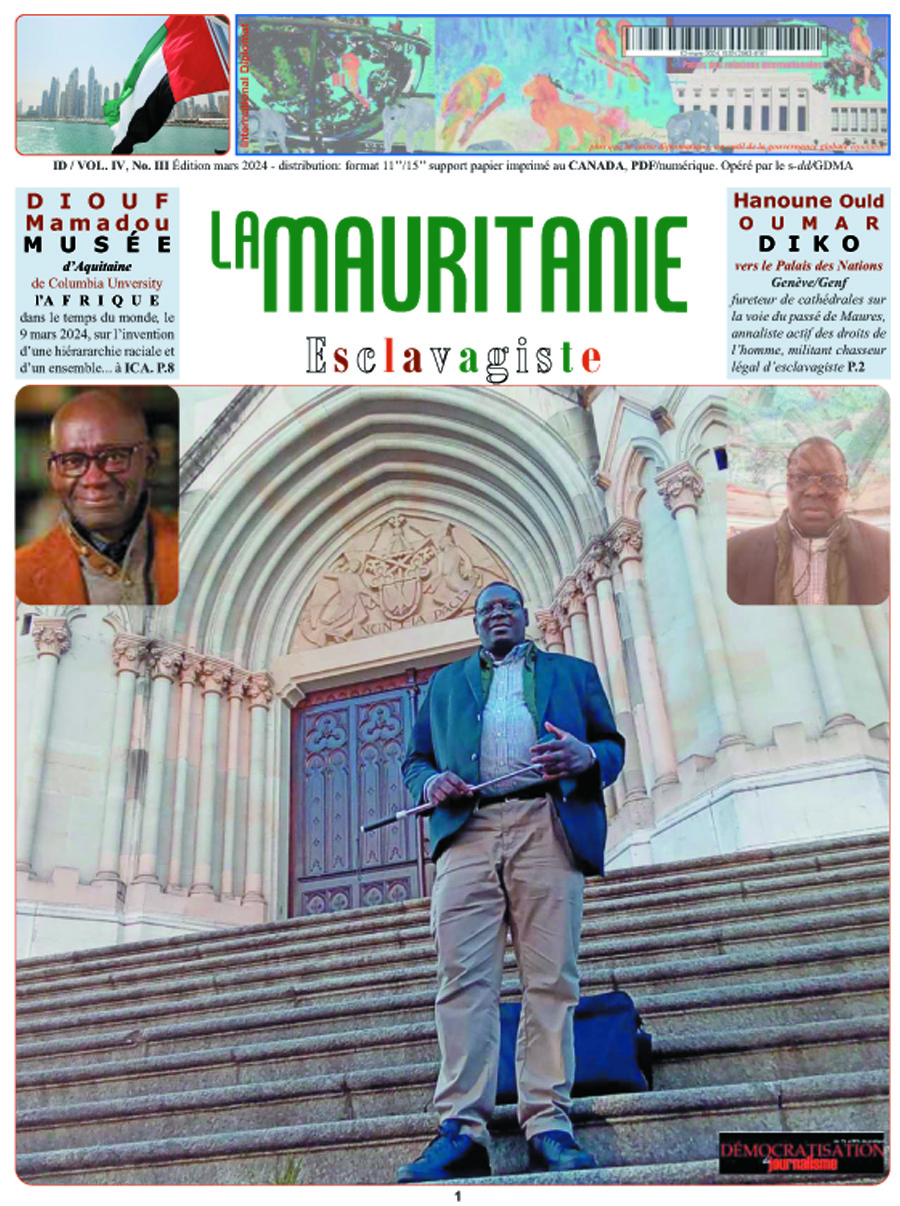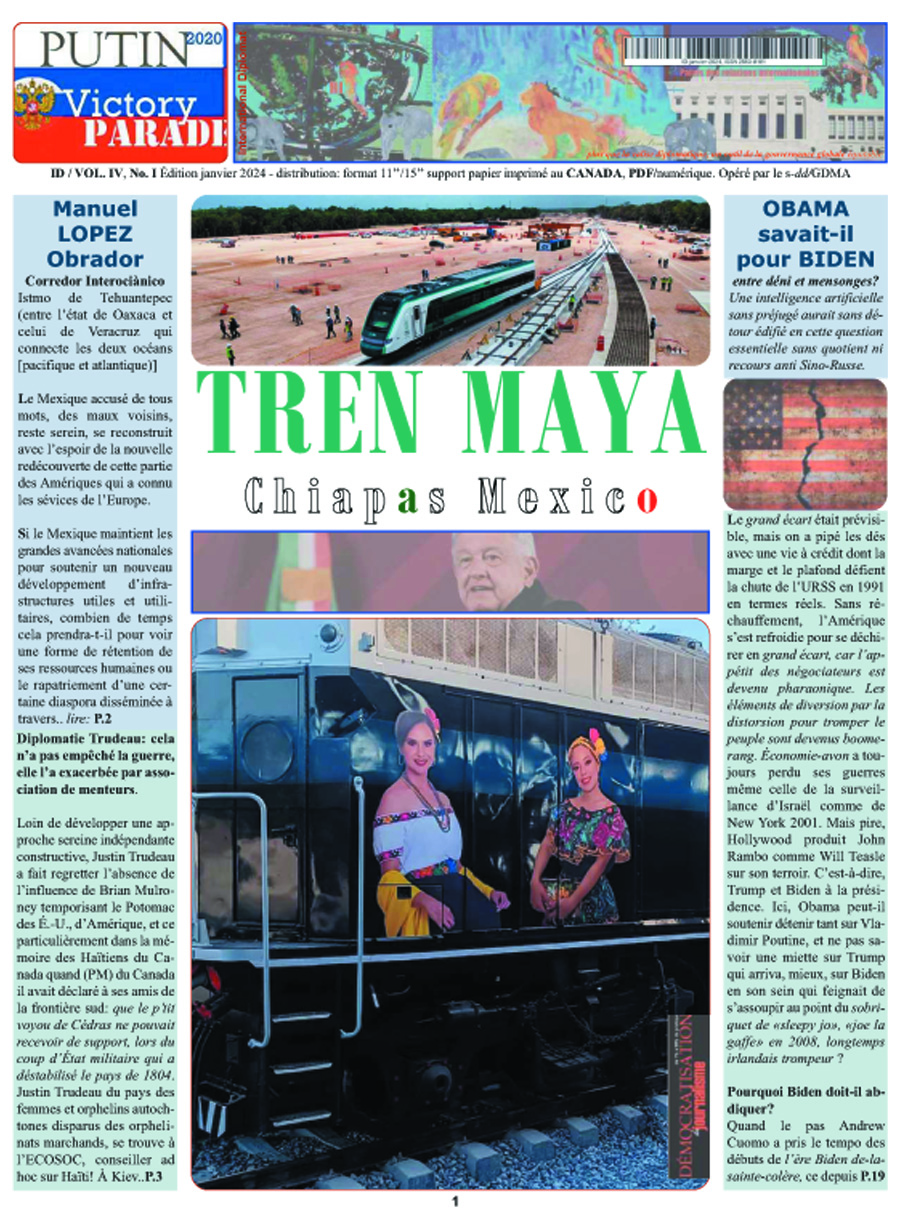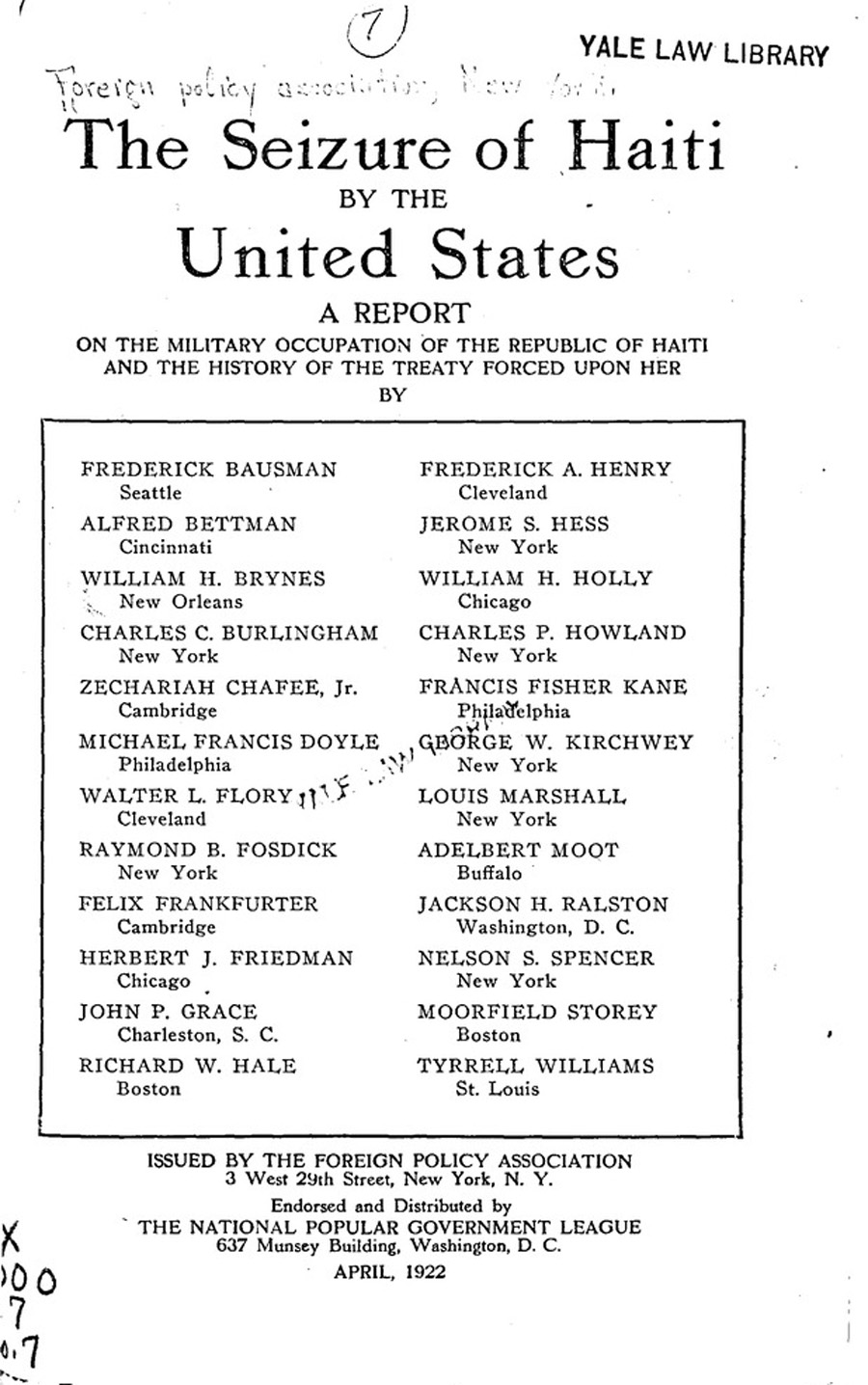In 2010 An Post issued two new 82c stamps which honour two Chilean patriots with Irish connections. Bernardo O’Higgins and Juan MacKenna fought on the rebel side of Chile’s War of Independence which marks its bicentenary in 2010.
The stamps feature paintings of the men in full military uniform who are well documented in historical biography and bibliography. The two men were friends and it was a descendant of Juan MacKenna, former ambassador to Ireland, Cecilia MacKenna who worked to have them commemorated. The stamps have been issued in Ireland and Chile.
Ireland and Chile Chile occupies a long coastal strip down the southern half of the west of South America. Most of the country was part of the Inca empire and became part of Spanish Peru after the conquest by Spanish Conquistador, Francisco Pizarro (1475-1541) who explored the north-west coast of South America in the 1520s.
In 1541 a Spanish colony was founded and Chile was attached to the vice royalty of Peru. The revolt against Spain began in 1810 but victory over the Spaniards was achieved only in 1817 with the help of Argentine liberator José de San Martin (1778-1850), national hero of Argentina who, with Bernardo O’Higgins, defeated the Spanish in liberating Chile in 1818.
Bernardo O’Higgins (1778-1842)
Regarded as the Father of Chilean independence, the central avenue in Santiago carries his name and a portrait of Bernardo O’Higgins (1820) hangs in the Chilean National History Museum.
Educated in England and Spain he was born at Chillan, an illegitimate son of Ambrosio O’Higgins, who became Viceroy of Peru. Bernardo returned to Chile in 1802 and in 1810 joined the revolution against Spain. In 1813 he was made commander of the patriot army. Defeated by Royalist troops in 1814, he fled to Argentina but returned to help defeat the Spanish. In 1818 he proclaimed the country’s independence.
Bernardo O’Higgins tried to liberalise the country but alienated both the Catholic clergy and the aristocracy. Deposed in 1823 he spent the rest of his life in exile in Peru where he died in 1842.
Bernardo’s father Ambrose (Ambrosio) O’Higgins (1720-1810) showed little interest in his son whom he rarely saw or communicated with. Born near Dangan Castle, Co. Meath, he was educated at Cadiz and went to South America, first to Buenos Aires, then to Lima, where he joined the Spanish engineer corps and gained rapid promotion to the Governor-Generalship of Chile. Ambrosio O’Higgins spent the following eight years developing the country’s resources accomplishing much for Spain.
Obtaining proof of Irish aristocratic pedigree from the Office of Arms in Dublin, he emerged as Count of Bellenar and, in 1788, as Marquis of Osorno. He held the highest rank in the Spanish Colonial Service as Viceroy of Peru from 1796 to 1801.
John (Juan) MacKenna (1771-1814)
Born in Clogher, Co. Tyrone, he left Ireland at the age of eleven to be educated at the Royal School of Mathematics in Barcelona where he was taken by his wealthy uncle. He was appointed cadet in the Irish Brigade, Briganda Irlanda, of the Spanish army and made captain when he was only 23.
In 1796 he travelled to Peru, did valuable work as a military engineer in Chile and was appointed as governor of Osorno. In 1810 he joined the revolution army under José Miguel Carrera Verdugo (1785-1821) and was made commander-in-chief of artillery and engineers in Chile.
MacKenna fell out with Carrera and sided with his rival, Bernardo O’Higgins, who defeated Carrera in 1813. MacKenna became second in command but the following year a military revolution restored power to the army general Carrera. MacKenna was exiled to Argentina where he died fighting a duel with José Luis Carrera in Buenos Aires in 1814.
Ita Marguet, November 2010 Note: Acknowledgement is given to sources used in this text. It follows articles about Ireland’s military and wider connections to places in the world. Educated in Europe, many Irish migrants or their descendants reached the pinnacle of careers as soldiers in foreign armies fighting in Europe and beyond. Achievements in war, trade, politics and religion are also chronicled.





